SOURCE: IDRW.ORG TEAM

India’s quest for self-reliance in aerospace technology and capabilities has reached a new milestone with the development and supply of the F-414 engine test stand by Chennai-based Acoustics India Private Limited. This remarkable achievement showcases India’s growing prowess in the field of aeronautics and its commitment to indigenous development.
The F-414 engine test stand is a critical piece of equipment designed for testing and validating the powerful F-414 engines. This stand is equipped with a control cab, fuel system, and ancillary equipment, all of which are integral components used to perform post-maintenance and repair tests.
Continue readingSOURCE: RAUNAK KUNDE / NEWS BEAT / IDRW.ORG

Indian state-owned aerospace and defence enterprise, Hindustan Aeronautics Limited (HAL), is actively engaging with Philippine military and government officials to explore potential export opportunities. This initiative may pave the way for the export of a range of Indian aerospace products, including the Light Combat Aircraft (LCA), Light Combat Helicopter (LCH), and Light Utility Helicopter (LUH) to the Philippines.
The groundwork for this collaboration was laid last year when HAL signed a Memorandum of Understanding (MoU) with the Philippine Aerospace Development Corporation (PADC) in April. This agreement opened the door to potential exports of India’s indigenous aerospace solutions, including the LCA, LCH, Advanced Light Helicopter (ALH), and LUH.
Continue readingSOURCE: RAUNAK KUNDE / NEWS BEAT / IDRW.ORG
FVIX.JPG)
French shipbuilder Naval Group has proposed a significant upgrade for the Indian Navy’s future submarine acquisitions. The company suggests that three of the planned Kalvari-class submarines, which are to be procured by the Indian Navy, should be equipped with advanced Lithium-Ion battery technology. This technology would provide these submarines with enhanced underwater endurance compared to the Lead Acid batteries used in the previous six Scorpene-class submarines manufactured in India by Mazagon Dock Limited (MDL).
The proposal from Naval Group aligns with the Indian Navy’s efforts to modernize its submarine fleet. It involves a shift from traditional Lead Acid batteries to Lithium-Ion battery packs. Additionally, the Indian Navy is collaborating with Indian private-sector battery manufacturers to develop and test Lithium-Ion battery packs that could replace Lead Acid batteries not only in the older Scorpene-class submarines but also in the ageing Kilo-class submarines.
Continue readingSOURCE: RAUNAK KUNDE / NEWS BEAT / IDRW.ORG
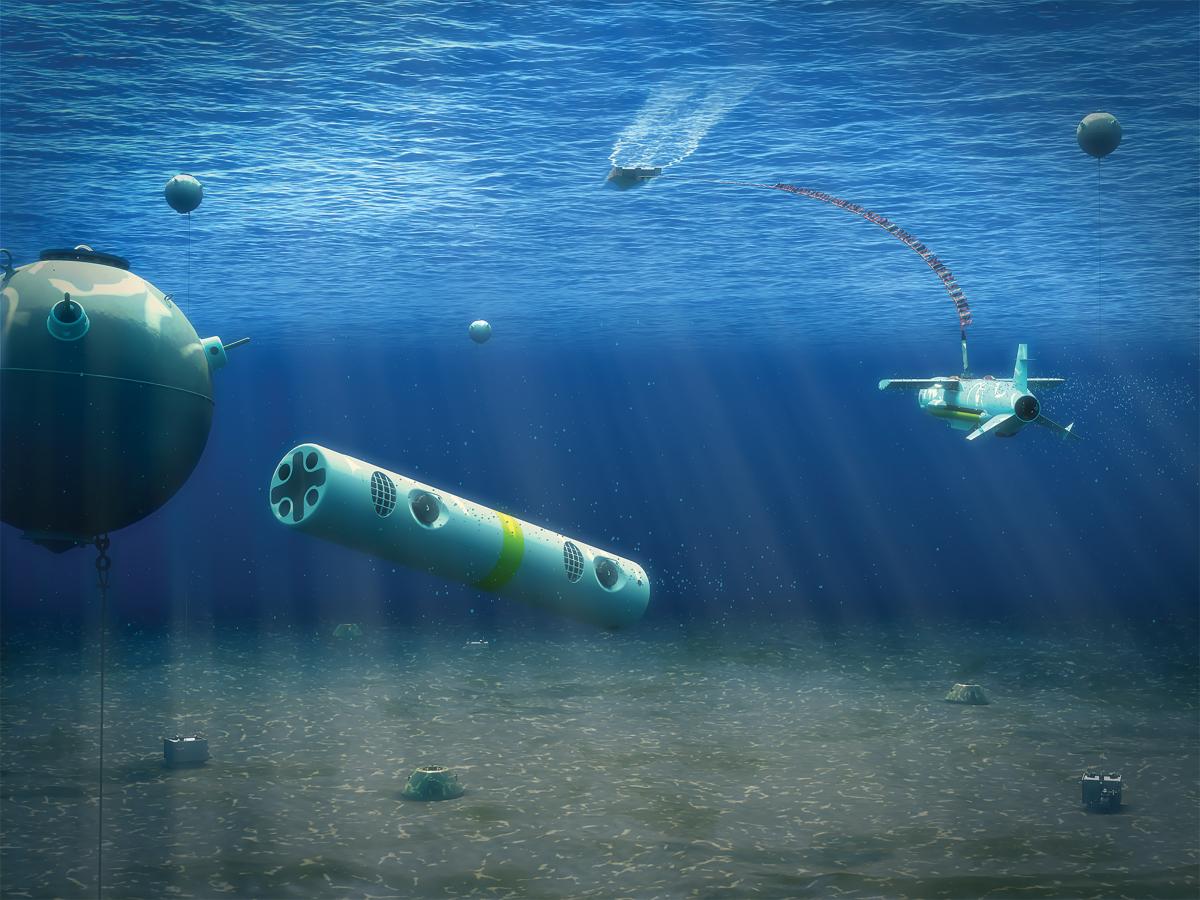
The Indian Navy is taking a significant step towards modernizing its capabilities by issuing a Request for Information (RFI) for the procurement of an Unmanned Mine countermeasures (MCM) Suite. This suite will comprise Autonomous Surface Vessels (ASVs), Heavy Weight Autonomous Underwater Vehicles (AUVs), and Remotely Operated Vehicles (ROVs) designed to be used onboard Indian Naval Mine Counter Measures Vessels (MCMVs).
This procurement is in line with the Buy (Indian-IDDM), Buy(Indian), and Buy & Make (Indian – with buy content 0%) categories as per the Defense Acquisition Procedure of 2020. The primary goal is to establish an integrated system with a wide range of MCM equipment that interfaces through a Command and Control System. The core components of the Unmanned MCM Suite are as follows:
Continue readingSOURCE: IDRW.ORG TEAM

Russia’s parliament has initiated the voting process on withdrawing Moscow’s ratification of the Comprehensive Nuclear Test Ban Treaty (CTBT), raising concerns about the future of nuclear disarmament efforts worldwide. The CTBT, established in 1996, prohibits any nuclear weapon test explosion or any other nuclear explosion across the globe. Of the nine nations recognized as possessing nuclear weapons, their stances on the treaty vary.
The Comprehensive Nuclear Test Ban Treaty, a crucial international agreement, aims to prevent nuclear weapon tests and promote disarmament. It has garnered support from several nations, including those with significant nuclear capabilities, and has played a pivotal role in maintaining global peace and security.
Continue readingSOURCE: IDRW.ORG TEAM
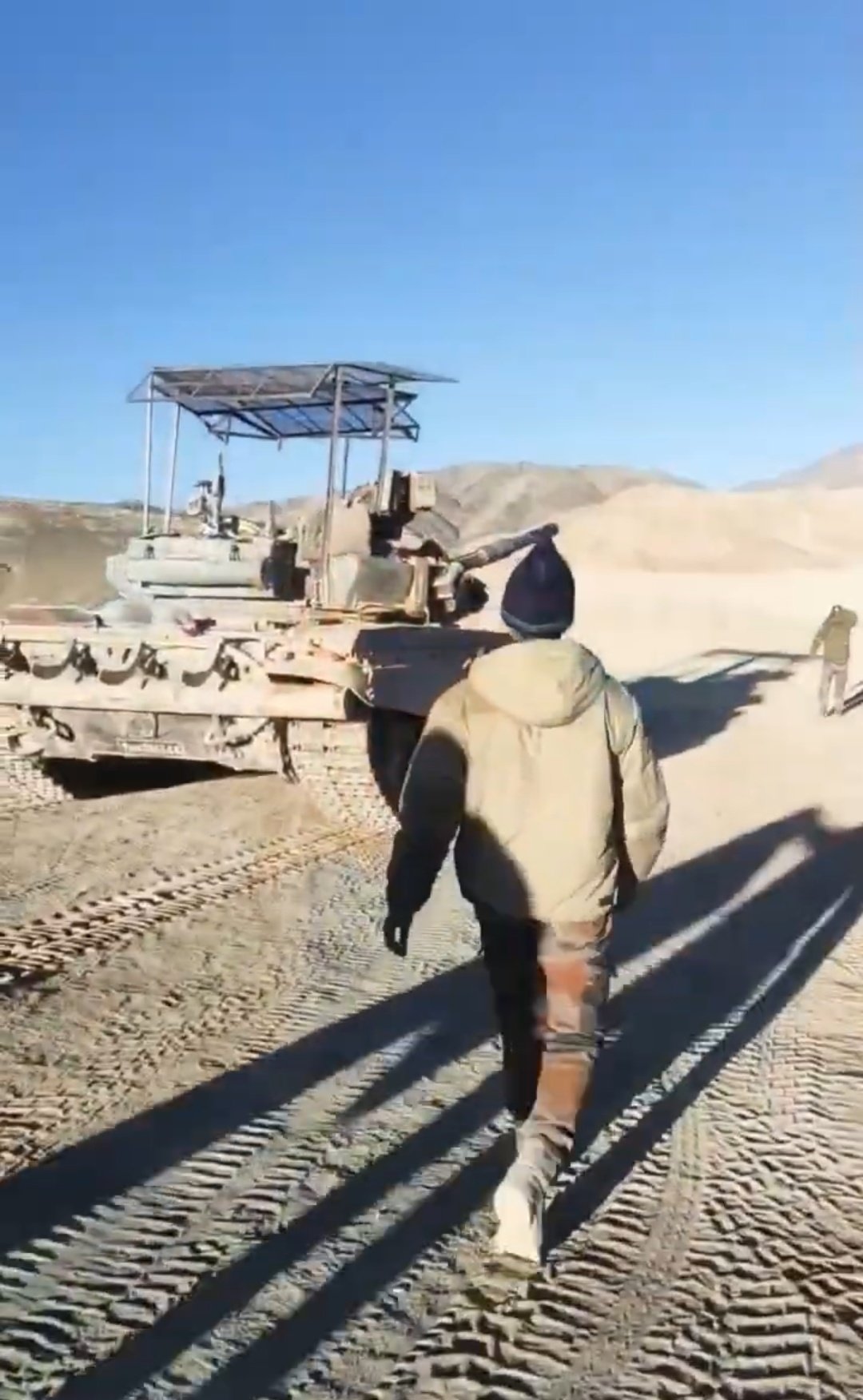
A distinctive feature of Russian military vehicles, the overhead metal screens known as ‘cope cages,’ has now made its appearance on Indian Army’s T-72 Main Battle Tanks (MBTs) deployed in forward areas near the Line of Actual Control (LAC), particularly close to the Chinese-occupied Aksai Chin region. These improvised additions, initially seen on Russian armor just before their extensive invasion of Ukraine in late 2021, have become a significant addition to armored vehicles and are something Russia is eager to market to foreign clients closely monitoring developments in the Ukraine conflict.
The ‘cope cages’ serve as a response to the evolving threats that armored vehicles face on modern battlefields, where unconventional tactics and weaponry have gained prominence. As the conflict in Ukraine persists, these solutions continue to evolve and adapt. Furthermore, the rapid proliferation of loitering munitions, commercially available bomblet-dropping drones, and first-person video kamikaze drones has driven military forces across the globe to find ways to counter these threats effectively.
Continue readingSOURCE: RAUNAK KUNDE / NEWS BEAT / IDRW.ORG
In a recent interview with Hindustan Times, HAL’s Chief, CB Ananthakrishnan, said that the 80% Transfer of Technology (ToT) levels for F-414 engines secured by the company surpasses that of the Russian ToT levels secured for the AL-31F engines used in Sukhoi-30MKI fighter jets. The AL-31F engines, vital components of the Sukhoi-30MKI, have a ToT level of around 47%. HAL has indeed made substantial strides by indigenizing 53% of the AL-31FP engine’s components, which are produced in Koraput, Odisha.
As part of this collaboration, the first batch of F-414 engines is expected to be manufactured in India three years after GE and HAL conclude the deal. The agreement encompasses various critical aspects of engine production, including machining and coating for single crystal turbine blades, fabrication of powder metallurgy discs, inertia friction welding for fan and afterburner components, laser drilling technology for combustor, special coatings for corrosion and erosion resistance, machining and coating of ceramic matrix composites for nozzle guide vanes, flaps, and other components, machining of thin-walled titanium casings, and polymer matrix composites for bypass ducts, among others.
Continue readingSOURCE: RAUNAK KUNDE / NEWS BEAT / IDRW.ORG

The Indian Army is poised to reassess the technical requirements for its upcoming Future Ready Combat Vehicle (FRCV) Main Battle Tanks, which are intended to replace the ageing Soviet-Union-supplied T-72 MBTs. This reevaluation is a response to the evolving nature of warfare, particularly in light of the ongoing conflict in Ukraine, which has highlighted new threats to armoured vehicles.
According to sources familiar with the matter, told idrw.org, the FRCV program faces emerging challenges, with major tanks suffering losses due to low-cost loitering ammunition and industrial-grade hexacopters dropping drone bombs on them. These threats have underscored the need for a comprehensive reassessment of the technical specifications for the FRCV to ensure that it can effectively counter these new dangers.
Continue readingSOURCE: RAUNAK KUNDE / NEWS BEAT / IDRW.ORG
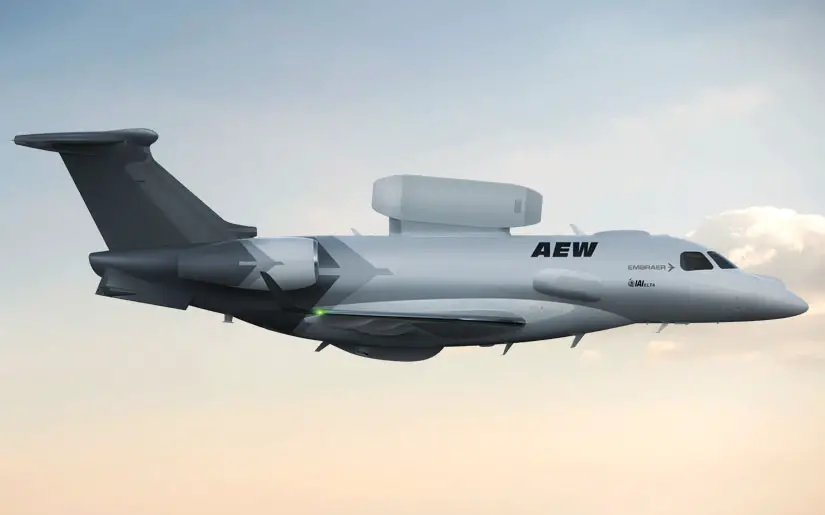
Brazilian aircraft manufacturer Embraer is set to make a significant foray into the Indian aerospace and defence market with its Praetor 600 super mid-size business jets. This move aims not only to promote the Praetor 600 within the country but also to showcase these jets to the Indian Air Force (IAF), which has plans to acquire six more indigenous Netra-Mk1A Airborne Early Warning and Control System (AEW&CS) aircraft.
Six additional Netra-Mk1A AEW&CS, similar to its two predecessors, will be based on the ERJ145 aircraft, which was initially manufactured by Embraer. However, since 2020, this model has been discontinued. To address this, Embraer has put forth an innovative proposal to the IAF. They have offered the Praetor 600 business jet as a platform to mount the Netra-Mk1A AEW&CS sensors.
Continue readingSOURCE: IDRW.ORG TEAM

Hindustan Aeronautics Limited (HAL) has set a target to commence production of the Tejas Mk-2 fighter jet in five years. The confirmation comes from HAL’s Chief, CB Ananthakrishnan, who revealed that the Aeronautical Development Agency (ADA) and HAL are collaborating to roll out pre-production Tejas Mk-2 aircraft by the end of 2024. The first flight of this advanced fighter is planned for 2025.
India has allocated ?10,000 crore for the Tejas Mk-2 program, and the Indian Air Force (IAF) has committed to acquiring 120 of these jets. The objective is to replace the aging fleet of Mig-29UPG and Jaguar Darin-III Strike aircraft, with the process expected to begin in 2030-34. Additionally, the IAF plans to phase out 50 Mirage-2000H fighter jets from its fleet starting in 2035, gradually integrating the Tejas Mk-2.
Continue readingSOURCE: IDRW.ORG TEAM
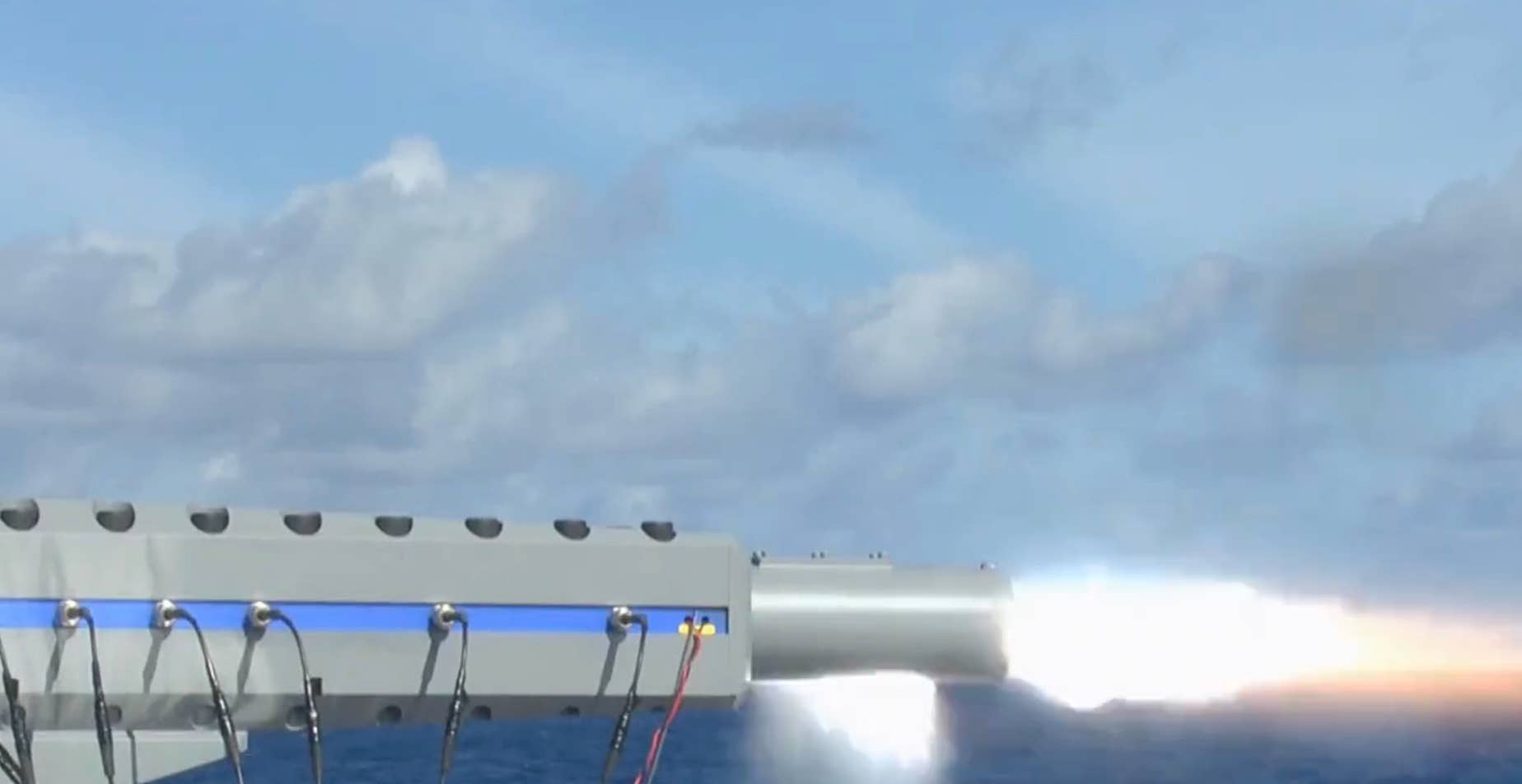
Japan has announced a successful test of its medium-caliber maritime electromagnetic railgun, making it the first country to achieve this feat. The test was conducted via an offshore platform in collaboration with Japan’s Acquisition Technology & Logistics Agency (ATLA) and the Japanese Maritime Self-Defense Force (JMSDF).
While specific details about the test’s circumstances and timing are limited, video footage released by ATLA showcases the railgun firing projectiles from various angles. The successful test marks a significant advancement in railgun technology, positioning Japan to use it both at sea and on land.
Continue readingSOURCE: RAUNAK KUNDE / NEWS BEAT / IDRW.ORG

The Indian Air Force (IAF) is in the early stages of procuring 40-80 Medium Transport Aircraft (MTA) and has been discreetly evaluating potential options for nearly six years. Among the contenders for this critical procurement is the Airbus A400M, which has made a significant impression on IAF officials during its unofficial evaluation.
The capabilities and performance of the Airbus A400M have garnered positive reviews, sparking interest from the IAF. This interest in the A400M is not entirely new; Airbus Military began a low-key campaign to showcase the airlifter to the IAF back in 2013. In 2019, reports emerged of a quiet campaign to promote the A400M to the Indian Air Force.
Continue readingSOURCE: RAUNAK KUNDE / NEWS BEAT / IDRW.ORG

Air Chief Marshal Rakesh Kumar Singh Bhadauria’s recent confirmation that an additional 97 Tejas Mk1A fighter jets won’t undergo major changes compared to the 73 previously ordered is shedding light on the Indian Air Force’s (IAF) continuous pursuit of excellence in its fleet. However, it is crucial to understand that the discussion isn’t over yet.
While it’s true that the core features of the Tejas Mk1A will remain consistent with the initial order, both the IAF and Hindustan Aeronautics Limited (HAL) have initiated a technical round of talks. This dialogue is essential to address the IAF’s specific requirements and to explore the possibility of incorporating upgrades or changes into the aircraft. In the fast-paced world of aviation, where technology is ever-evolving, staying ahead of the curve is imperative.
Continue readingSOURCE: RAUNAK KUNDE / NEWS BEAT / IDRW.ORG
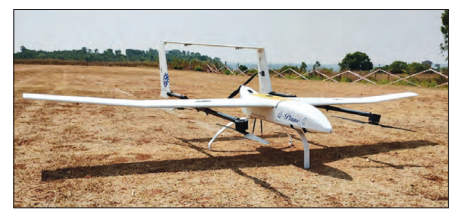
he Council of Scientific and Industrial Research’s National Aerospace Laboratories (CSIR-NAL) has been making significant strides in the development of cutting-edge Unmanned Aerial Vehicles (UAVs). Their latest creation, the QUAD-Plane UAV, represents a remarkable fusion of multi-copter and fixed-wing capabilities, marking a breakthrough in the world of aerial technology.
The development of this innovative UAV is detailed in the ADA annual report, highlighting the key milestones achieved in recent times. Here’s an overview of this remarkable project:
Continue readingSOURCE: IDRW.ORG TEAM

Hindustan Aeronautics Limited (HAL), India’s premier aerospace company, is set to make a significant leap in its defense capabilities. In a recent interview with Hindustan Times, HAL Chief CB Ananthakrishnan unveiled an ambitious plan to export Made in India F-414 engines to other nations. This plan hinges on the company’s local production of these engines, and its pursuit of a significant Transfer of Technology (ToT) from American GE Engines.
The cornerstone of HAL’s export plan is the indigenous production of F-414 engines. To achieve this goal, HAL is actively negotiating a deal with American GE Engines for 99 engines that will be manufactured in India. The ToT agreement is expected to provide HAL with an 80 percent technology transfer, enabling them to locally produce these cutting-edge engines.
Continue reading